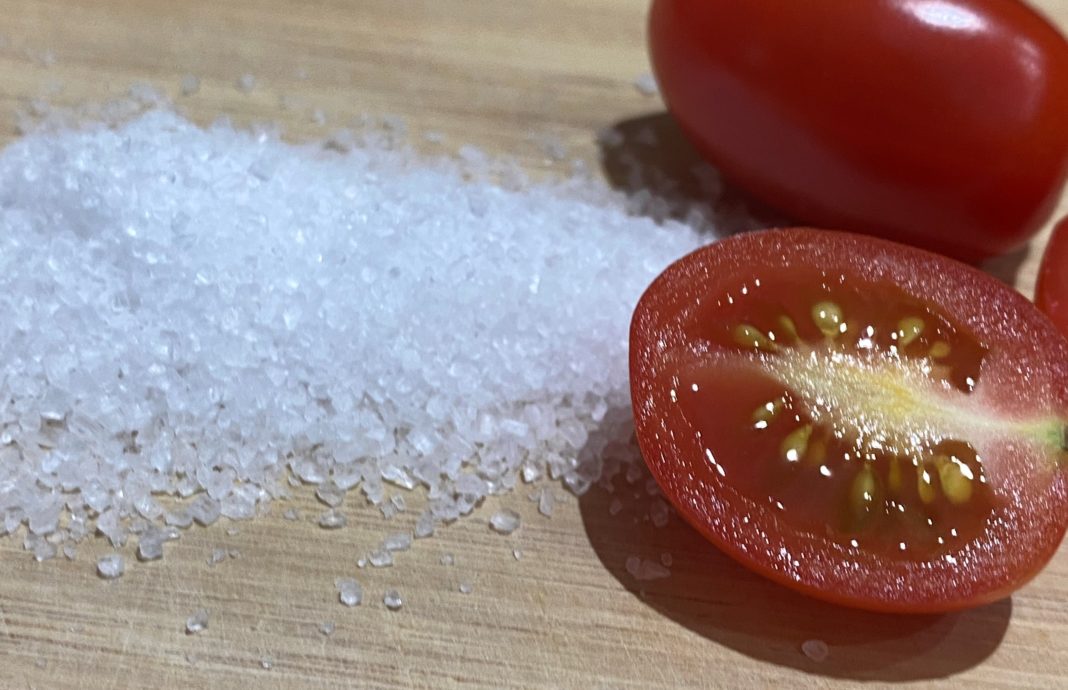What goes into a biotherapeutic process impacts outcomes. So, raw materials and cell substrates used in biomanufacturing must be qualified for their purposes, but that creates a complicated task. To find out what causes the complication, GEN talked with Maura Kibbey, senior scientific fellow of global biologics at the U.S. Pharmacopeia (USP).
“For biologics and biosimilars, there’s lots of concern,” Kibbey says. “Materials like excipients, which are added at the end of the drug manufacturing process, often have well-established standards, but for most raw materials used in large molecule medicines—biologics and biosimilars—a standard may not have been developed yet, so it’s important to figure out how to best control those materials and minimize risks to the product and, ultimately, to patients.” Likewise, concerns exist around cell substrates used to manufacture biologics and the impurities they naturally generate, such as host-cell DNA and proteins, which must be cleared from the product as much as possible before it’s made available to patients.
To give an example of a raw material, Kibbey mentions a salt, like sodium chloride. “Only a tiny fraction of salt sold in the world goes to the pharmaceutical industry, requiring stricter controls that are not necessary for non-pharmaceutical applications. Suppliers are not incentivized to provide higher quality or purity since most of their customers don’t need it,” she says. “Still, a drug manufacturer using salt is ultimately responsible for the quality of their drug product, meaning that the manufacturer is responsible for verifying and controlling the quality of any materials that are part of that process.”
As Kibbey also points out, the supplier of the salt might run tests for purity, but those tests are usually not validated and won’t be sufficient to support new pharmaceutical purposes. “So, end users in pharma need their own performance tests to make sure that the material is suitable for its intended use,” she says. “Quality agreements, testing and auditing of the supplier and their material minimize risk.”
Moreover, the market for raw materials can get confusing fast. “Some vendors are using terms like ‘GMP grade’ for materials, but that doesn’t mean that the purchaser no longer has to do their due diligence,” Kibbey says.
For cell substrates engineered to produce a biologic, manufacturers must demonstrate clonality, and manufacturers of new biologics are mostly focused on yield, scalability, and consistency. However, that’s not enough for biosimilars manufacturing. In addition to screening for the typical characteristics—like viability, intact protein sequence and other attributes—the genetically engineered cells might need to produce a protein that matches a specific glycosylation pattern present in the innovator’s protein. This process is one of the lengthiest and most demanding of the entire development process, but once complete, it helps control the consistency of the product over many batches.
Some effective but time-consuming methods exist for qualifying and cloning cell substrates. There are newer and faster methods as well, but they are often more expensive. To help scientists evaluate the existing options, the USP cell banking expert panel, led by Robert Bell, published a new general chapter proposal, and the in-process version can be downloaded here. “The chapter proposal points people to different attributes of each approach to help them choose what’s best for them,” Kibbey says.
The key is that control and quality of each component along the way to a product must be carefully managed to produce a safe, effective and consistent product. Patients rely on manufacturers to get this right.


